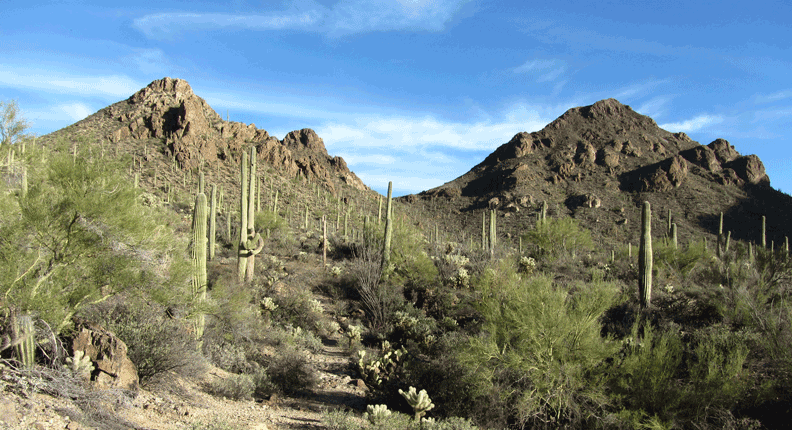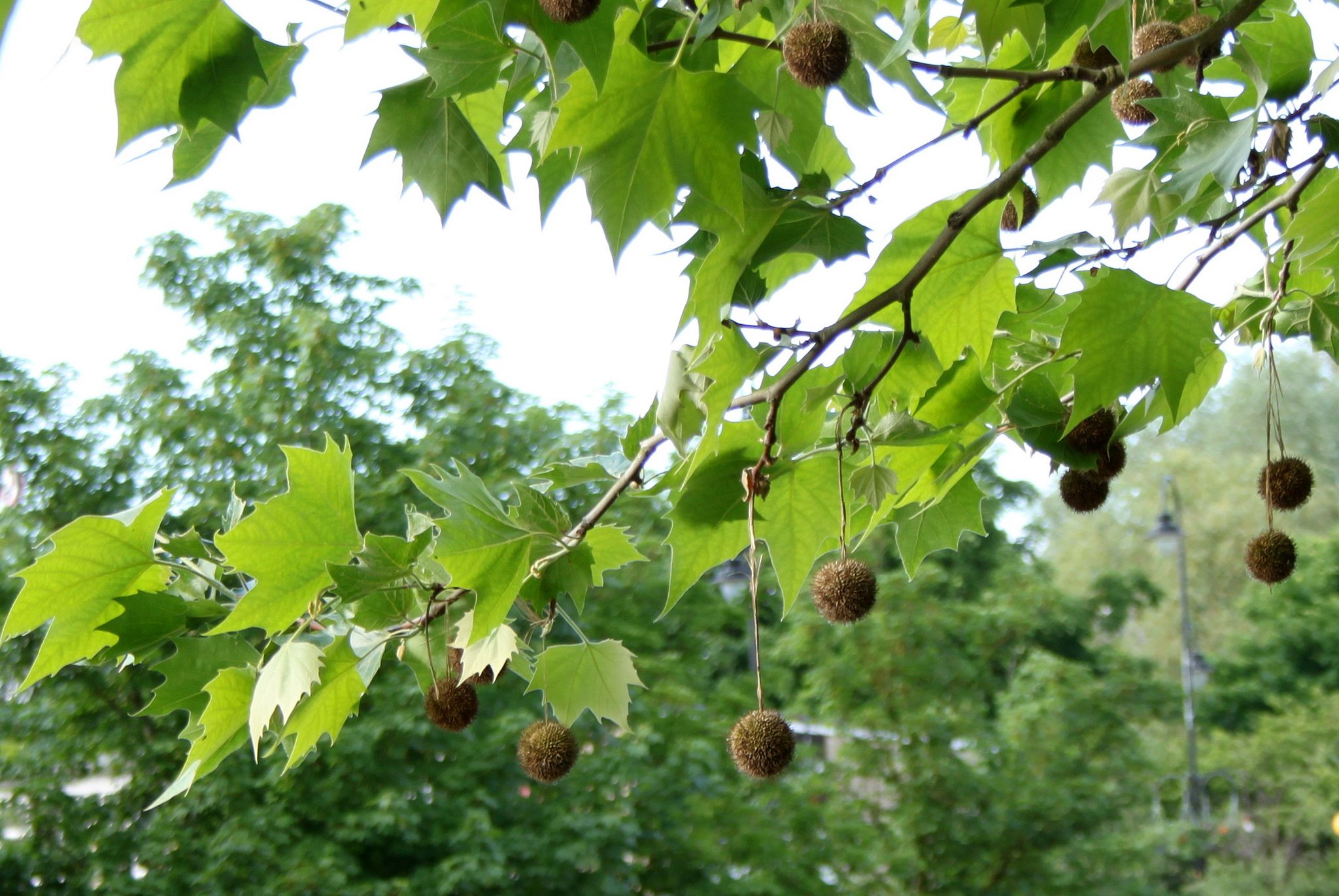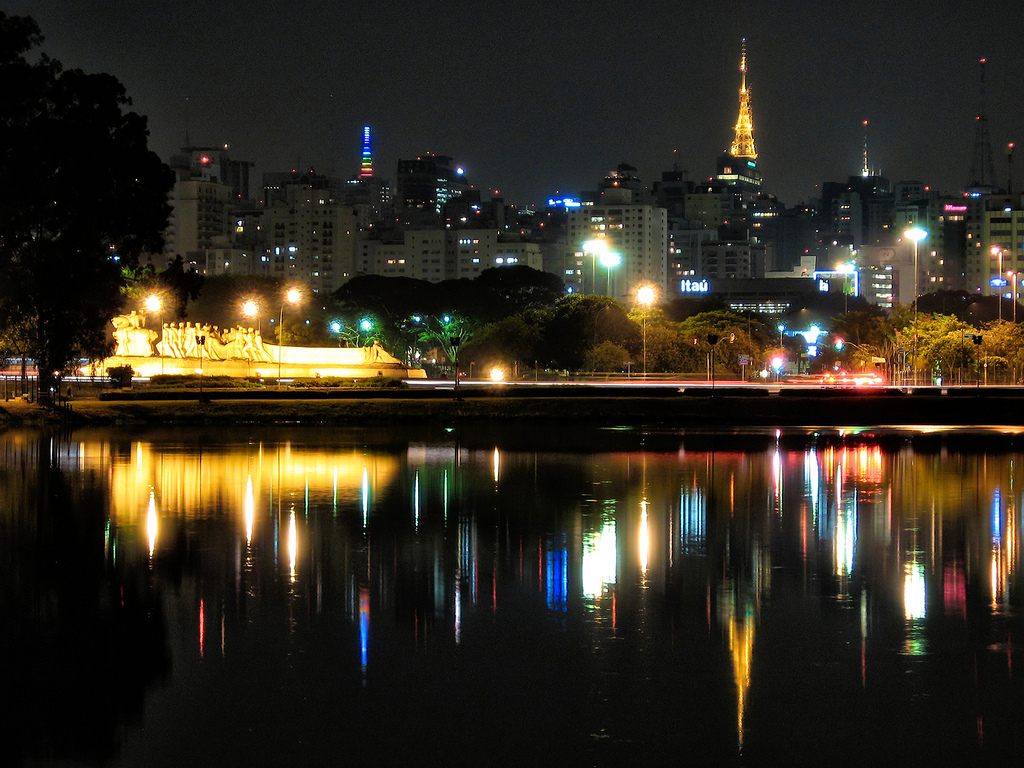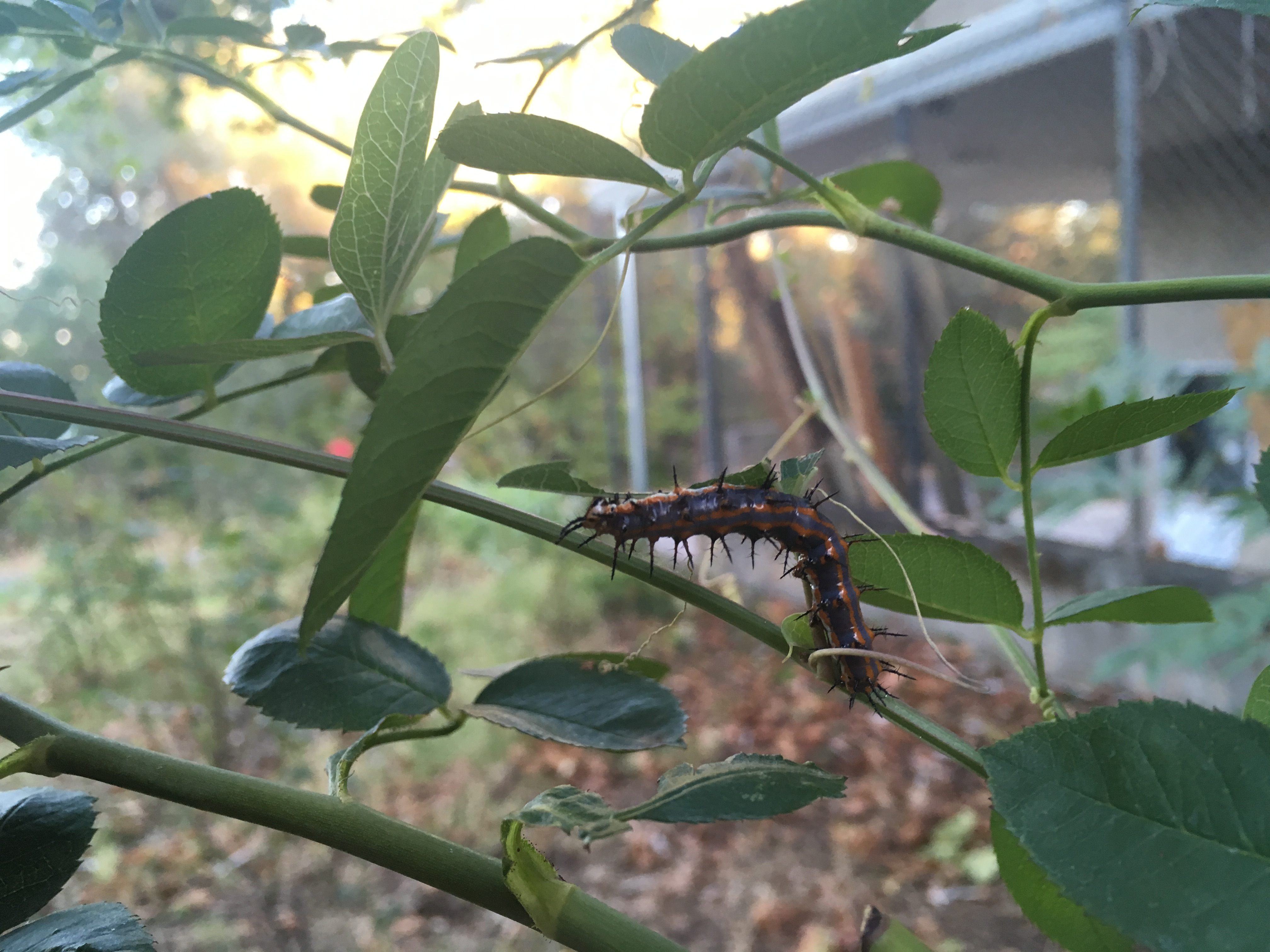8 Tips for Seeing a Familiar Place in a Totally New Way
Get ready to fall in love all over again.

When you’re traveling and getting to know a new city, it’s easy to fall in love fast and hard. Unfamiliar foods, streets, and sights can be deliciously dizzying; there’s the potential for wonder on every corner. When we’re on our home turf, though—wherever that may be—the charms right in front of our faces can go unnoticed.
Last week we asked Atlas Obscura readers to tell us how they see their usual surroundings from a new perspective. We’ve compiled some of our favorite responses below. Give them a try, and then hop over to our new community forum and tell us how they worked for you, or offer ideas for what else fellow readers can try to be freshly wowed by places they know by heart.

Turn exploration into a game
“My three children and I made a goal to visit and play at every one of Pima County’s 202 parks during the calendar year. We drove roads we’d never driven before. We attended bird walks and guest speaker events we’d ignored before. We invited both longtime and new friends along with us. We made scavenger hunts to get closer looks at familiar places. We skipped school (!) to visit distant parks. In the desert, I bemoan the lack of beauty, of color, and plants and trees and flowers; I whine about limited art and culture. I was humbled and reprimanded by the desert and by my hometown. I have 5,000 photos of stunning natural beauty and architecture, art, and culture—most of them adorned with the expressions and playful actions of my children. Our Parks Project changed my life.” —Holly Ledcke, Tucson, Arizona

Recruit a guide with a different perspective
“I allowed my daughter to be my tour guide at the North End Beach. I always notice the small details, like crab holes and shell fragments. My daughter has opened my eyes to the larger picture. She sees dogs running down the beach, bird formations in the sky, old and new faces—things that I would normally overlook.” —Michelle Dain, Virginia Beach, Virginia

Look up
“When I am in a foreign city, I am diligent about looking upward to take in the fullest scope of architecture that I can as a pedestrian. On one particular spring day, I was taking a routine jog down Eastern Parkway, in Brooklyn, and noticed the vibrant buds emerging from the trees. Now, every time I am on the Parkway, I look upward to see how the branches arching over it have changed.” —Luke, Brooklyn, New York

Stop to smell the mushrooms
“My Aspie daughter was struggling with a poetry project; her theme was mushrooms. So as I walked my daily walk through the neighborhood last autumn, I tried to imagine how she would see the surroundings. It was a very wet season and mushrooms were flourishing. I had only noticed plain, white, boring mushrooms on previous walks. But looking more carefully, with my daughter’s perspective in mind, I found an incredible variety of weird fungi.” —Jennifer, Virginia

Focus on where things are changing
“On New Year’s Day 2014, the old San Francisco/Oakland Bay Bridge was being dismantled, so I decided to capture where it met the new one—just weeks before it was forever gone. I took the newly finished bridge bike path as far as it went from Oakland. I saw how much the bridges bounced from car traffic, and how different it must have been before our iconic bridges were built.” —Scott Page, Berkeley, California

Make an archive
“On the walk from my house to the sidewalk, I take the same photo, year after year—watching the changes not just from seasons, but from years. [I saw] how much my digging in the front garden has changed a flat lawn, [how] the tree has grown, [how] I took the abandoned shopping cart of wood and built a raised bed, [and how] I’ve moved the stones around the property.” —Zhoen (Joan) Winslow, Salt Lake City, Utah

Return at different times of day
“Depending on the time, you can walk through the streets during the day and no sunlight will touch your skin. The streets are pleasantly fresh, even during scorching summer days. In some streets at night, the lights hang from suspended wires, and it creates an elegant effect. It’s a mishmash of workers, students, street performers, preachers, tourists, lawyers, homeless people. The place on workdays feels like a heart beating, accepting every possible kind of blood as its own. During the weekends, it feels much quieter. And there’s a quiet contentedness in those deserted streets during the weekend. I paid more attention to the buildings, to the way the streets are lined, to the way they interconnect, and I paid more attention to the bits of old history that I can find around.” —Nic, São Paulo, Brazil

Think like a naturalist
“I got a notebook to sketch observations in and downloaded the iNaturalist app, and it opened up this whole new world of seasonal changes and flora and fauna around me. It isn’t just ‘going outside’ now: It’s seeing the way the landscape varies from week to week, and the cycles of flowers and pollinators and fungi. There are whole worlds on every tree trunk! Once you slow down and find all the little animals hiding under rocks and in creeks and look closely at the growing things, you have a much deeper appreciation of the place. It’s a great exercise in mindfulness. You see a caterpillar, and two weeks later, the butterfly it became. You notice the order that the leaves change color in during the fall. I used to think nature was something you looked at in the ‘wild,’ out in the forest. But there are so many growing things everywhere, even in the middle of the city. It’s magical!”—Jillian Kern, Shasta Lake, California











Follow us on Twitter to get the latest on the world's hidden wonders.
Like us on Facebook to get the latest on the world's hidden wonders.
Follow us on Twitter Like us on Facebook